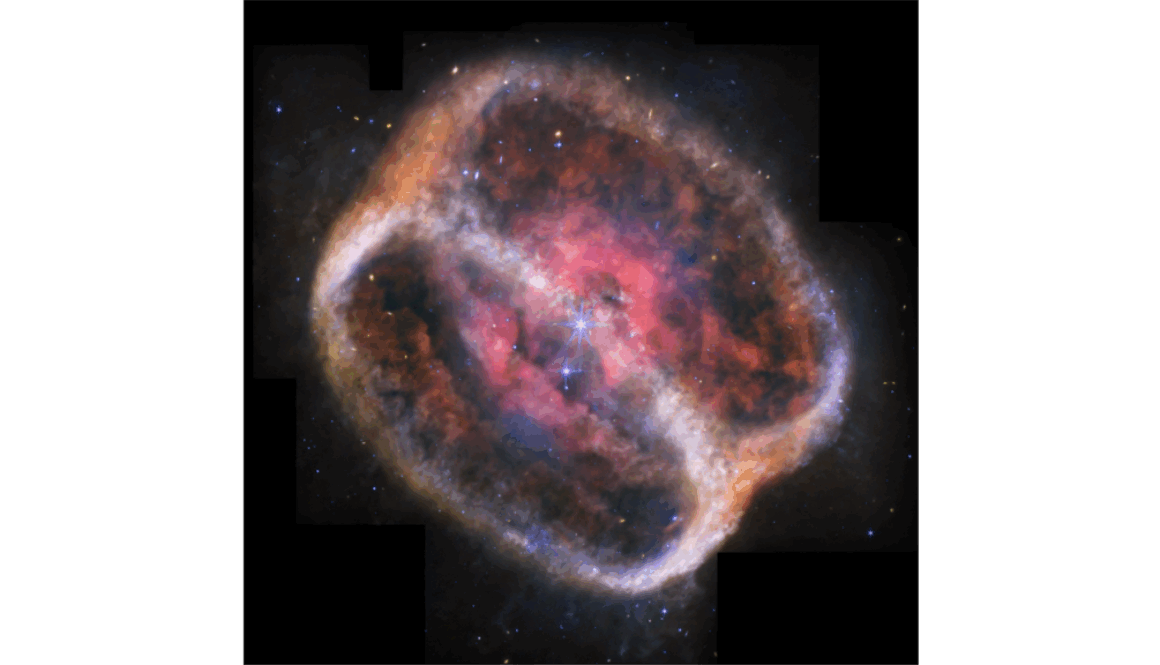With NASA’s Webb, Dying Star’s Energetic Display Comes into Full Focus
NASA’s James Webb Space Telescope has captured the most detailed image of planetary nebula NGC 1514, revealing intricate dust clumps and holes in its bright central region due to mid-infrared observations. This nebula, formed over 4,000 years, centers around a binary star system, one of which, a former massive star, expelled gas and dust during its evolution, now visible thanks to Webb’s advanced imaging capabilities. The findings represent a significant advancement in understanding the turbulent nature of such nebulae.

